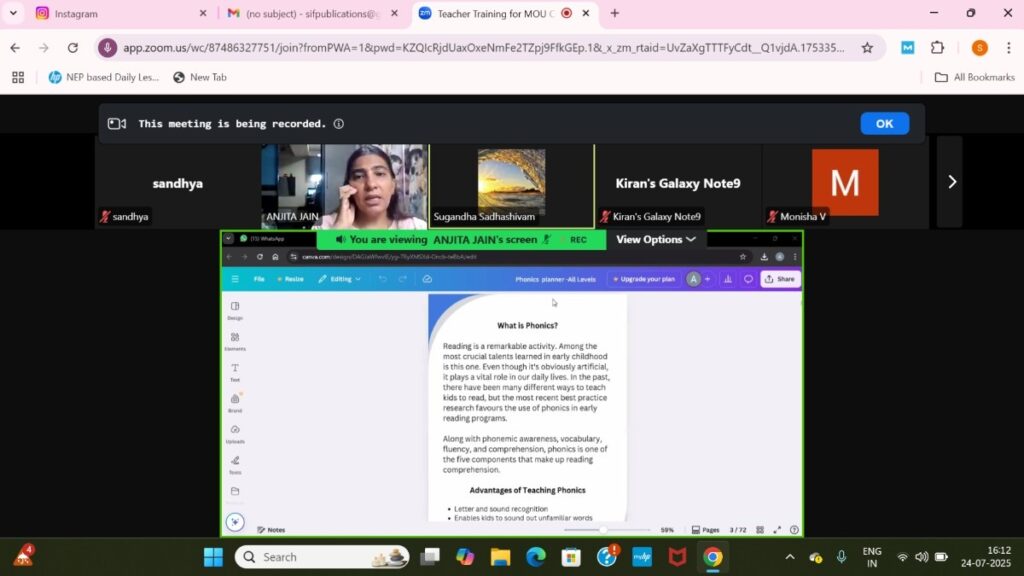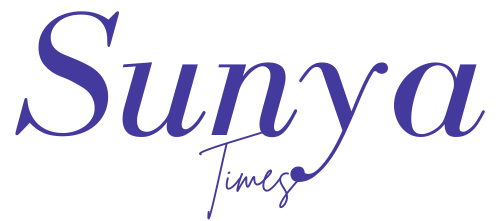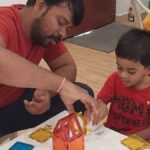📍 Online Session 🗓 July 24, 2025 🎓 Participants: Teachers & Early Educators
An engaging and insightful online session on phonics was held on July 24th, 2025, bringing together teachers and early childhood educators to explore the foundational elements of early reading and writing. The session focused on equipping educators with the tools and techniques to effectively introduce phonics to young learners using multi-sensory and interactive strategies.

Understanding Phonics and Its Role in Literacy
Phonics is the method of teaching children to connect sounds with letters or groups of letters. The session began with a clear explanation of how phonics builds early literacy skills, providing the base for both reading and writing. Educators were introduced to the SATPIN letter group—s, a, t, p, i, n—which are the first sounds most commonly taught to help children quickly start forming simple words such as sat, pin, tap, and nap.
The Five Essential Phonics Skills covered in Session on Phonics
The session covered five critical components of phonics instruction that every educator should know and apply in their classrooms:
- Learning Letter Sounds: Emphasizing accurate pronunciation, like s = “sss” as in sun.
- Letter Formation: Teaching children how to write letters using tracing, air-writing, and finger movements.
- Blending Sounds to Read: Combining individual sounds to read simple words (e.g., c-a-t = cat).
- Segmenting to Spell: Breaking words into sounds to spell correctly (e.g., dog becomes d-o-g).
- Introducing Tricky Words: Teaching high-frequency words that don’t follow regular phonics rules, such as the, was, and said.
Multi-Sensory Strategies and Classroom Application
Educators explored fun and hands-on methods to make phonics enjoyable and effective. These included:
- Songs and Rhymes to reinforce sound patterns.
- Storytime with Phonics Focus to build context.
- Flashcards and Letter Games for visual memory.
- Movement-based Learning like hopping to each sound or drawing letters in the air.
The session also encouraged the use of real-life objects and storytelling to create a multi-sensory environment, helping children connect letters to everyday sounds and meanings.

Conclusion: Session on Phonics
The Introduction to Phonics session successfully provided teachers with foundational knowledge and ready-to-use strategies to begin or enhance phonics instruction in early education settings. With its focus on sound recognition, blending, and playful learning, the session highlighted that phonics is not just a skill—it’s a joyful pathway that opens doors to language, confidence, and communication. Educators left empowered to make reading a meaningful and magical journey for every child.




